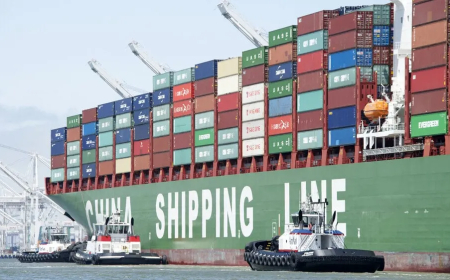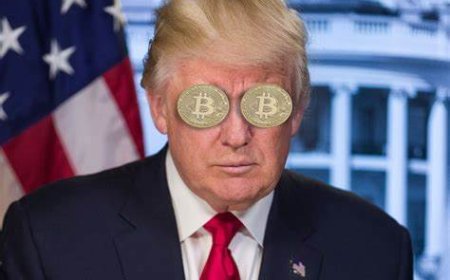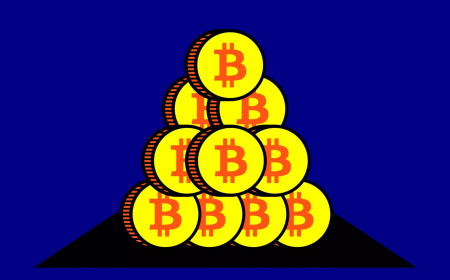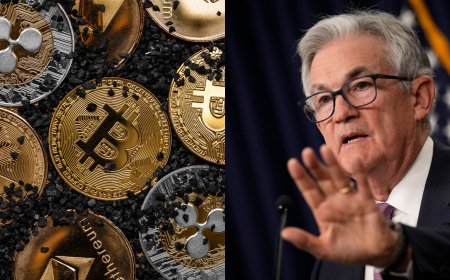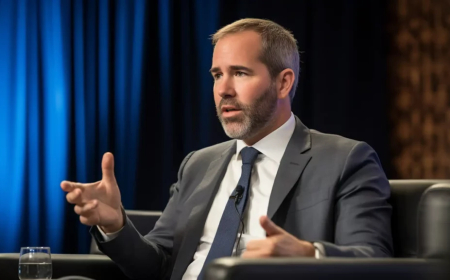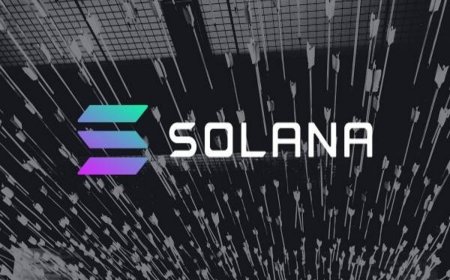ZKsync's Total Value Locked Soars Amid $60M DeFi Incentive Initiative
DeFi Incentive Initiative

QuickTake
- Launch of Ignite Program: ZKsync unveiled its Ignite program, dedicating 300 million ZK tokens ($60 million) over nine months to stimulate liquidity on its Era Layer 2 network.
- TVL Surge: The initiative triggered a nearly 90% increase in total value locked (TVL), climbing from $97 million to $184 million in the first week of January.
- Broad DeFi Integration: Incentives target liquidity on platforms like SyncSwap, Uniswap, PancakeSwap, Aave, and Holdstation.
Main Article
ZKsync, a prominent Ethereum Layer 2 scaling solution, has witnessed a dramatic uptick in its total value locked (TVL) thanks to its newly launched Ignite program. This initiative, which allocates 300 million ZK tokens (equivalent to $60 million), aims to boost liquidity across its Era Layer 2 ecosystem over the next nine months. The program, divided into seasons, marks a strategic push to rejuvenate activity and encourage DeFi adoption on the network.
Ignite Program Details
The Ignite program’s first season, running from January 6 to March 31, will distribute 100 million ZK tokens ($20 million). These incentives target decentralized finance (DeFi) platforms, including major decentralized exchanges (DEXs) like SyncSwap, Uniswap, and PancakeSwap, as well as lending platforms like Aave and perpetual trading platforms like Holdstation.
Subsequent seasons will allocate the remaining 200 million tokens, continuing the program’s momentum through the year.
TVL Boost and Community Response
The launch of Ignite coincided with a near 90% surge in ZKsync’s TVL, which grew from $97 million to $184 million during the first week of January, as reported by DeFiLlama. This dramatic increase highlights the program’s effectiveness in rekindling interest in the network, particularly among liquidity providers.
The surge represents a significant rebound for ZKsync, which saw its activity decline sharply after its much-anticipated token airdrop in June 2024. During the airdrop, 3.6 billion ZK tokens were distributed to eligible addresses, but the event triggered an exodus of users and liquidity from the network. Daily transactions and active addresses plummeted as a result, with the 7-day moving average of active addresses dropping from over 200,000 in July 2024 to a mere 30,000 by December.
ZKsync’s Scaling Solution
ZKsync employs zero-knowledge (ZK) rollup technology to scale Ethereum-based applications by bundling multiple transactions and processing them off-chain. This approach significantly increases throughput while reducing transaction costs, making it an attractive option for developers and users alike.
By addressing the decline in user activity through the Ignite program, ZKsync aims to position itself as a leading solution in the Layer 2 space. Its renewed focus on incentivizing DeFi activity reflects the broader trend among ZK rollup chains to enhance ecosystem engagement.
Competitive Landscape
ZKsync is not alone in the race to dominate the Layer 2 scaling market. Competing ZK rollup chains, such as Linea, Scroll, and Starknet, have also experienced fluctuations in user activity and total value locked. Among these, Linea currently leads in terms of active user addresses, according to The Block's data dashboard.
ZKsync’s Ignite initiative may help it reclaim its competitive edge, particularly if the program continues to deliver measurable gains in liquidity and activity.
Future Outlook
With nine months of incentives planned, ZKsync’s Ignite program represents a calculated effort to restore and sustain momentum on its Era network. By directly engaging DeFi users and fostering collaboration with leading platforms, ZKsync is poised to cement its position as a vital player in Ethereum’s scaling ecosystem.
While the TVL growth observed in January is promising, the real test will be maintaining this momentum and expanding the network's user base. As competition in the Layer 2 market intensifies, ZKsync’s success may hinge on its ability to innovate and adapt to the evolving demands of DeFi users.
What's Your Reaction?








